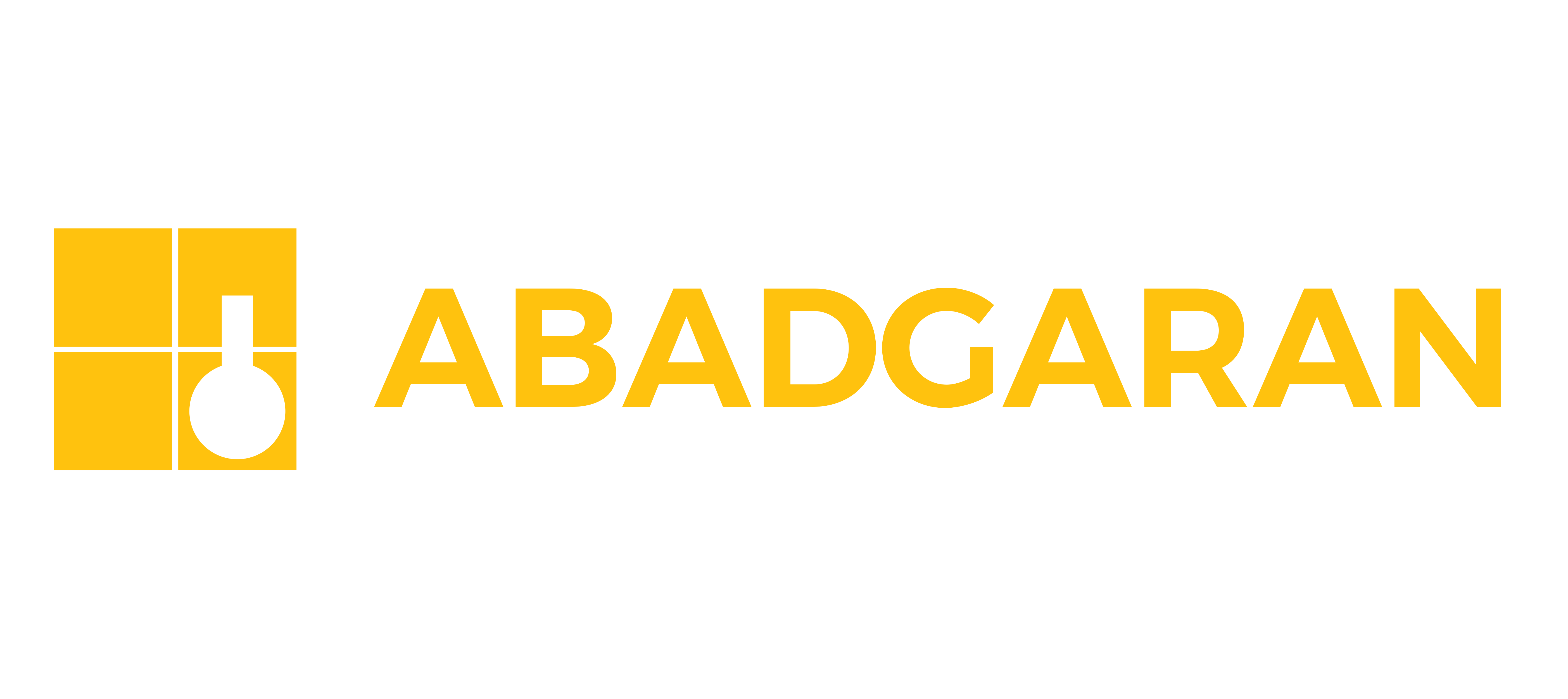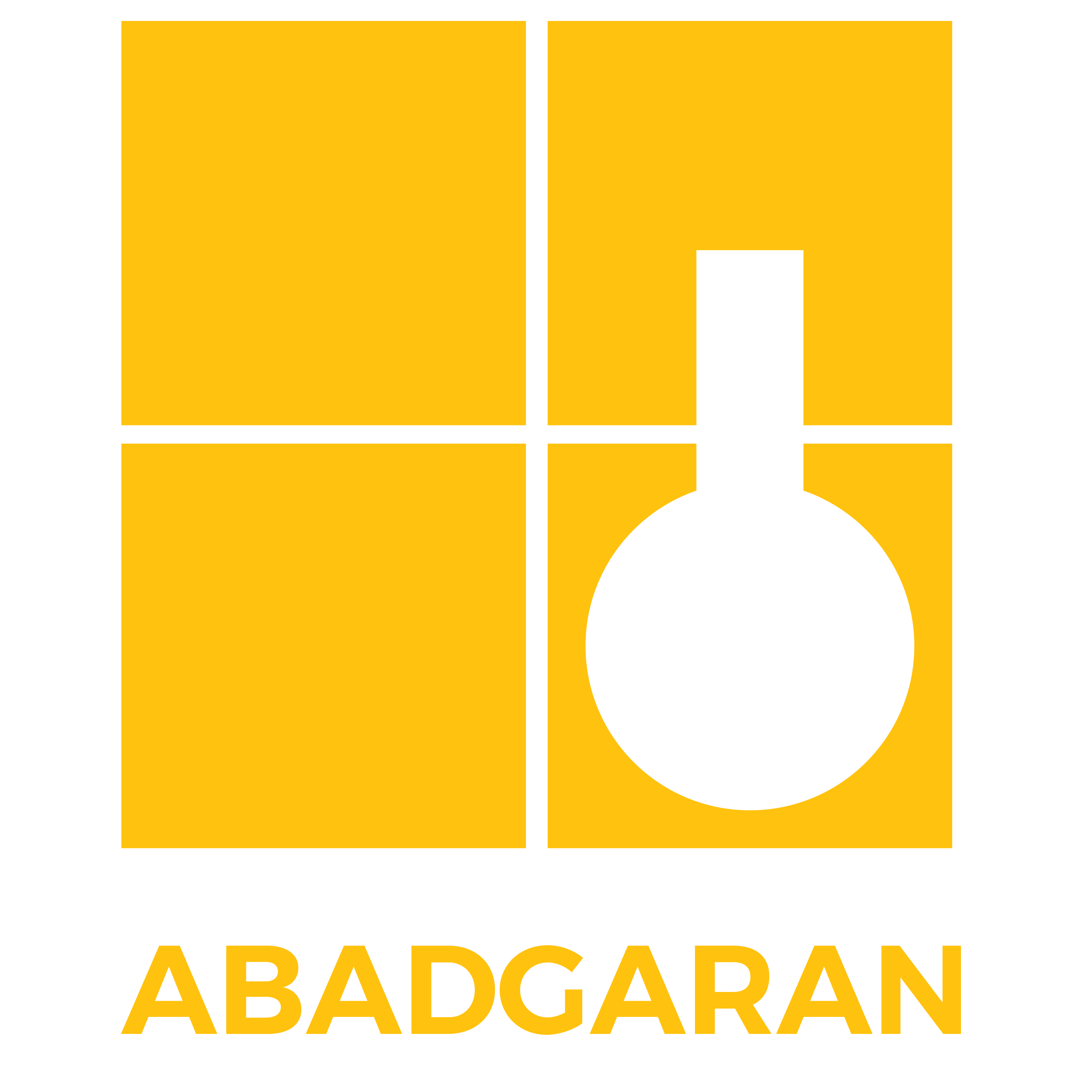
Please wait, loading...

Please wait, loading...

![]()

Fire Protection of Buildings
Protecting buildings against fire is one of the most crucial aspects of safety in architectural design and construction. Part 3 of the Iranian National Building Regulations, titled “Protection of Buildings Against Fire,” thoroughly addresses the requirements and standards for ensuring fire safety in buildings. This section has been developed to ensure the safety of life and property, and to safeguard national interests in the design and implementation of structures. This article explores the vulnerabilities of structural components and construction materials in the face of fire, as well as the core principles of building fire protection based on Part 3 of the National Building Code of Iran.

Building structures and construction materials may exhibit weaknesses when exposed to fire, and identifying and correcting these vulnerabilities plays a vital role in enhancing safety. Key weaknesses include:

According to Part 3 of the Iranian National Building Regulations and international standards such as ISO 834 and ASTM E119, construction materials must meet minimum fire resistance durations, measured in time. Load-bearing walls, for instance, must retain structural integrity at temperatures above 1000°C for at least 120 minutes.

Floors and ceilings must not only maintain structural stability but also minimize heat transfer to lower levels. Insulating materials and coatings should be flame-resistant and produce minimal smoke or toxic gases. NFPA 703 also outlines criteria for evaluating non-combustible materials.
According to Part 3 of the National Code and NFPA 92 (Standard for Smoke Control Systems), high-rise buildings, shopping centers, and industrial facilities must be equipped with smoke exhaust and ventilation systems. These systems are essential for controlling fire spread and reducing smoke density.
Positive pressure systems in stairwells—mandated by NFPA 101 and national regulations—must prevent smoke from infiltrating emergency exit routes. In industrial buildings or parking garages, mechanical exhaust fans should be capable of circulating at least 10 air changes per hour. Smoke sensors and automated control systems must direct smoke flow toward designated exhaust outlets.

Effective fire protection requires engineering principles and modern technologies. The essential measures outlined in Part 3 of the Building Code include:
Fire Behavior Analysis of Construction Materials
An essential aspect of building design is analyzing material behavior under fire conditions and understanding how temperature affects structural stability. Advanced fire engineering studies show that thermal behavior is strongly influenced by material composition, dimensions, and environmental conditions.
For instance, in concrete structures, thermal cracking caused by differential expansion of aggregates and cement can reduce compressive strength above 300°C. This phenomenon, known as spalling, can severely weaken the internal structure of concrete.
In steel structures, thermal tests (such as ISO 834 and ASTM E119) have shown that steel begins to lose strength between 500°C and 600°C and approaches its yield point at around 1100°C. Protective coatings—based on mineral compositions or thick cementitious sprays—can offer thermal protection.
Advanced Fire Modeling Techniques
Numerical simulations using advanced software such as ANSYS and FDS (Fire Dynamics Simulator) enable engineers to model structural behavior during fire scenarios. These simulations include heat transfer modeling, assessment of weaknesses in welded or bolted joints, and structural deformation analysis under dynamic loads due to thermal expansion. These findings highlight how modern technology and advanced analysis can significantly mitigate fire impacts on buildings.
Conclusion
Fire protection of buildings is one of the most critical responsibilities of engineers and architects. By identifying material and structural vulnerabilities, applying proper design, and utilizing modern technologies, the damage caused by fire can be significantly reduced. Adherence to Part 3 of the National Building Regulations offers an effective strategy for enhancing fire safety in buildings. Additionally, public awareness and collective adherence to safety protocols can play a key role in preventing fire incidents.